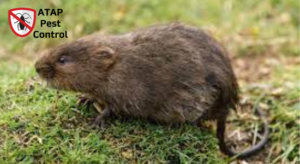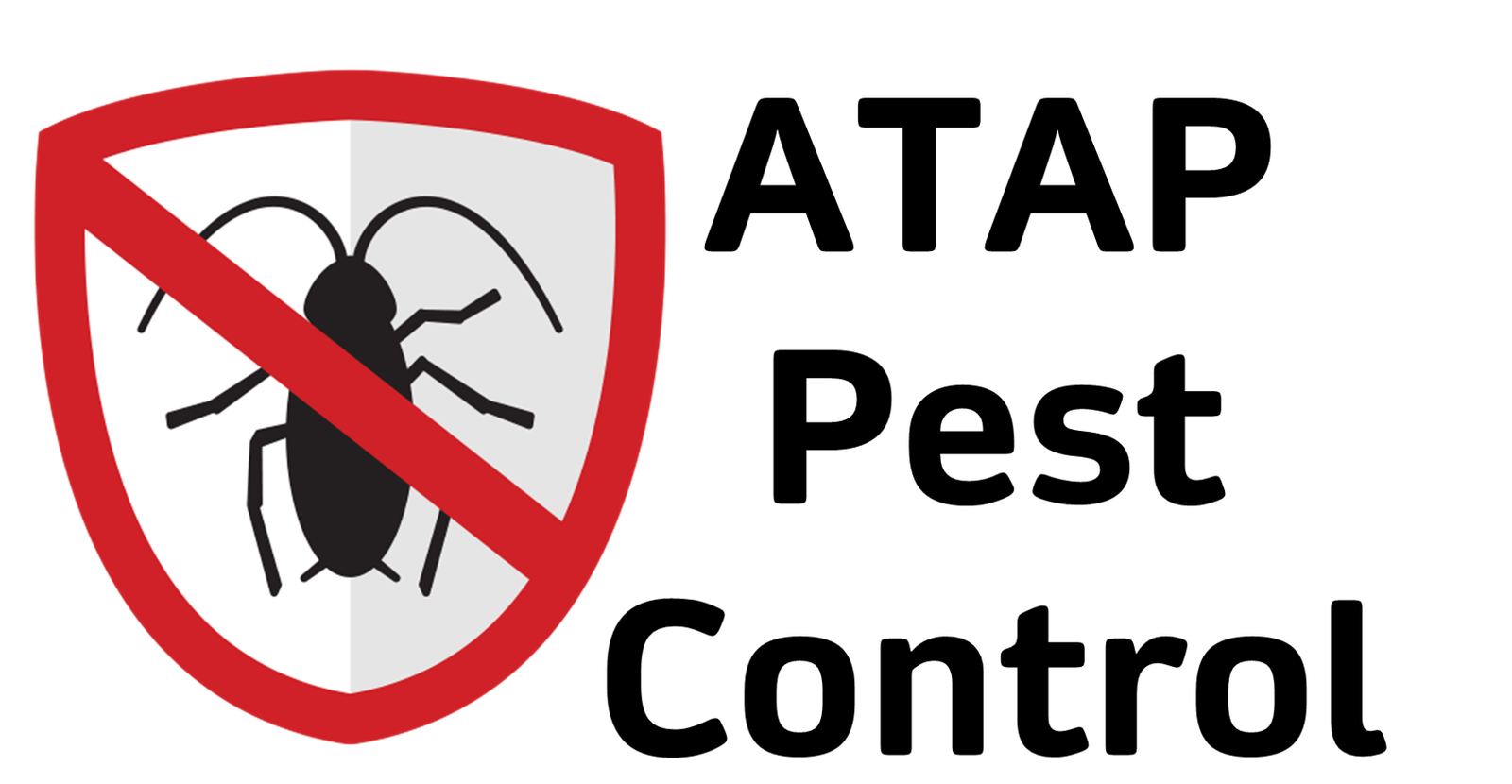Voles are related to mice and rats and thus belong to the rodent family. Voles, unlike their mouse counterparts, do not typically live indoors. Voles spend most of their time outside, digging tunnels to travel through, giving birth to their young, and storing their food. When they dig their tunnels, they can cause extensive damage to lawns and properties, costing home and business owners a lot of money in repairs. These year-round pests will continue to dig tunnels even if snow is on the ground. Are voles dangerous to dogs?

Voles are about 5-8 inches long and resemble mice. They have a stockier build, shorter legs, and a short, furry tail. Their fur can be light brown, dark brown, or black, and their eyes are small. They have teeth but are unlikely to bite a human or dog. They can pose a risk to humans and dogs due to their urine and feces, which can harbor and spread some extremely dangerous diseases. They have also been known to bring parasites onto properties, which can be harmful to pets. Voles can cause significant damage to crops, landscapes, trees, and lawns.
Voles dig to create connecting tunnels that they use to move from one location to another. The tunnels are usually about 2 inches wide and can be seen above ground. If you look inside, you might find vole droppings. Much of their underground tunnelling will kill grass and plants or turn them yellow or brown, making your lawn and property unsightly. If you have a vole problem on your property, it is because you have the right type of vegetation (grass, bulbs, tubers, and herbaceous plants, as well as flowers and root systems of trees and shrubs) and the right ground consistency to provide good shelter for them. When voles eat and tunnel, they can cause significant property damage.
Getting rid of voles necessitates knowledge of vole habits and habitats as well as hands-on experience. All of these are possessed by the experts at Atap. Our pest control experts can inspect your property to determine where voles are living and eating, and then remove them humanely. If you live in Chicago, call us today to schedule a pest inspection and keep your property safe from vole activity. We also provide year-round residential pest control services to keep your property pest-free all year.
The Safest Vole Bait for Non-Target Animals
For example, a 50-pound dog would need to consume 4 to 8 ounces of competitor rodenticides to be lethal, whereas the effective product would require 113.5 ounces (just over 7 pounds). Atap is the best Chicago pest control.
Warfarin, the active ingredient, is less likely to cause a “secondary kill,” or another animal being poisoned as a result of eating a poisoned vole. Warfarin is metabolized in approximately 42 hours, which means that the poison is no longer active in the tissues. The active ingredient may not even leave a vole’s system before it dies.
Voles, being a small animal, do not consume a large amount of bait, so there will be little in its system even before it is metabolized.
Scimetrics has never received a report of a secondary kill from another animal consuming a rodent that has eaten the bait in over 19 years.
If Your Pet Eats Poison Bait:
If your pet ate enough of the bait, it would become sickly and lethargic, and its gums would bleed (the saliva would look pink). You’d need to take the animal to the vet right away for vitamin K, which would stop the poison’s effect.
Information from an EPA Report
- When compared to other commonly used rodenticides, warfarin poses a lower risk factor to non-target animals.
- Warfarin was identified as the anticoagulant with the lowest risk to mammals and birds in a recent rodenticide risk assessment draft report published by the United States Environmental Protection Agency. In the United States, warfarin is still an effective rodenticide. This claim is supported by numerous reports from professionals across the country. Warfarin resistance in rodents is not a concern, according to laboratory and field studies conducted in the United States.
Personal Recommendations & Experiences
We care about wildlife and our pets, and we understand and encourage caution when deciding whether or not to use a poison bait near them. Every pet is unique. I recommend that you consider your pet’s specific behaviour.
Dogs – If you have a dog who destroys objects and chews them up, as puppies frequently do, I would factor this into your decision. If your dog exhibits destructive behavior, I recommend keeping a close eye on the stations and your dog in the first few days after installation. Furthermore, whenever you monitor the stations with the dog nearby, take note of whether they show any interest. Furthermore, a well-fed dog is unlikely to eat a vole, but they may kill them for sport. Keep in mind the bait’s low toxicity, the small amount consumed by a vole, and that there is an antidote to the active ingredient, Warfarin, which is Vitamin K.
Cats – We have a couple of cats, and they’re great for keeping a small vole population under control. If you are concerned about your cat eating poisoned voles, keep in mind that voles ingest very little of the bait, which is quickly metabolized and eliminated from their system. Even if the vole has a full belly of bait, your cat (or any other animal) would have to consume a large number of voles to be harmed. And, once again, Warfarin has an antidote.
Concern for Wildlife – First, use a bait station to place bait. Second, to avoid secondary kills, use the least toxic poison (Kaput Rat, Mouse, and Vole Bait). You can learn in another post do voles come in the house? Atap Exterminator is the best pest control in Chicagoland. Call us at 773-701-7705.
